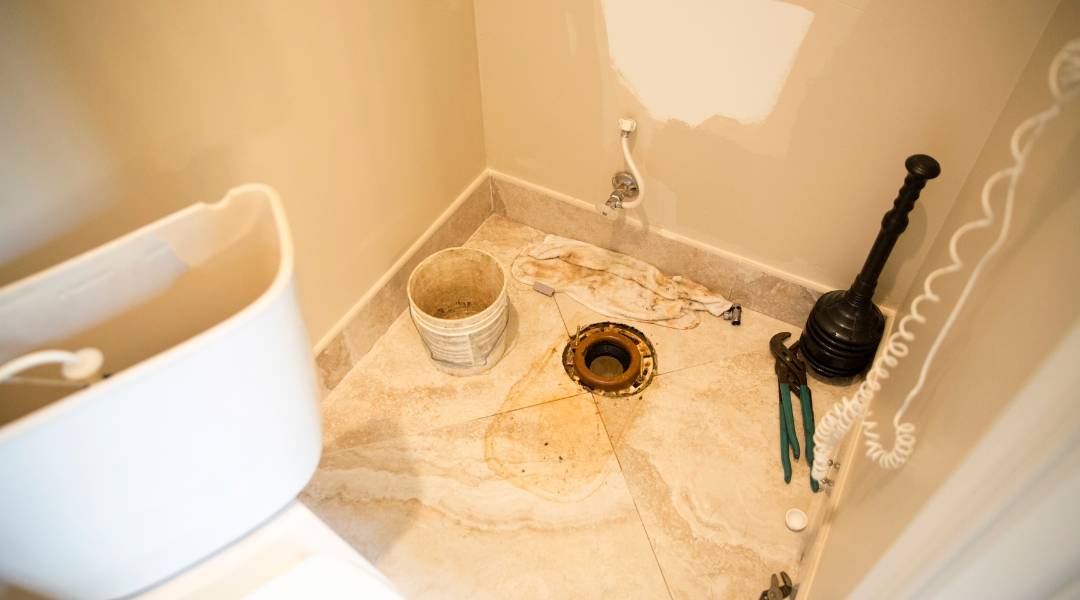Dealing with a leaky toilet can dampen your day and potentially cause water damage to your home. From worn-out seals to cracked porcelain, the reasons behind these leaks are varied but equally frustrating. However, not all hope is lost; with proper care and maintenance, you can extend the life of your existing toilet significantly.
Regular inspections play a key role in catching issues early on before they escalate into bigger problems—including sneaky leaks that happen without warning. A common remedy involves replacing the flapper valve when it fails to seal properly post-flush—an easy fix for such an annoying issue!
Regular Maintenance Checks
To keep your toilet in top shape, stick to regular maintenance checks. Start by replacing the flapper valve if you notice any color change in the bowl or if it doesn’t close right after flushing. Also, changing out a noisy or slow-filling filler valve can make a big difference and is easy to do—just shut off the water first and then flush to the drain before installing.
Don’t forget about controlling water flow; some devices use motion sensors for efficiency, preventing leaks by stopping water from flowing when not needed. These simple steps could save lots of trouble down the line. For more on how these solutions might fit into your routine toilet repair, consider reaching out for professional advice.
Replacing Old Toilet Components
If your toilet never stops running or leaks, replacing its inner workings could be the fix you need. Start by checking the flapper; it’s often the culprit behind water wastage and high bills. Not all toilets are made alike, but some offer various flappers for an easy match-up.
Also critical is your fill valve which ensures proper tank refill post-flush—issues here can mean a noisy, slow-filling tank that disrupts more than just bathroom serenity. Don’t overlook your water supply line connection either; if it’s loose or old (they last about 10 years), simple tightening or replacement might stop leaks cold. Lastly, a bad wax seal can ruin your day with odors and leakage around the base of your toilet.
Identifying Common Leak Sources
To pinpoint common sources of leaks, start by observing your water bill. Bills topping $100 demand a leak investigation. Should you notice low water pressure, this might point to a hidden leak diverting flow from its intended path.
Mold growth or persistent musty smells in bathrooms signal potential leaks, fostering damp conditions that are ideal for these issues. Discovering stains on ceilings or walls suggests leaking pipes causing evaporative discoloration—much like sun-dried spilled water on paper creates brown patches indicative of underlying moisture problems that could exacerbate if ignored. Floor damage near toilets hints at leaks, too; warped wood and soft carpets cry out for professional attention before worsening.
Peeling paint also signals trapped moisture often due to leakage rather than mere aging, urging further humidity checks around such areas. Lastly, don’t disregard ceiling deformities which reveal the weighty impact of accumulated water needing swift action lest it collapses entirely—a scenario starkly highlighted when droplets evolve into steady streams hinting at substantial breaches demanding immediate repair efforts.

